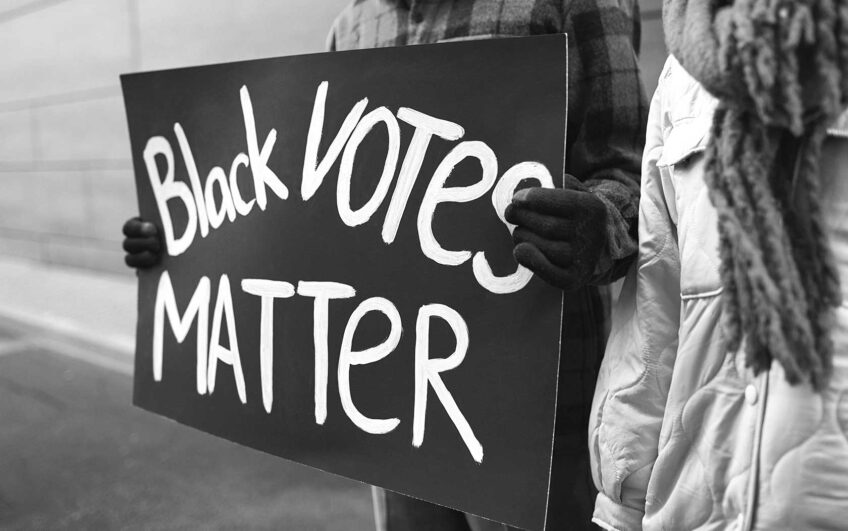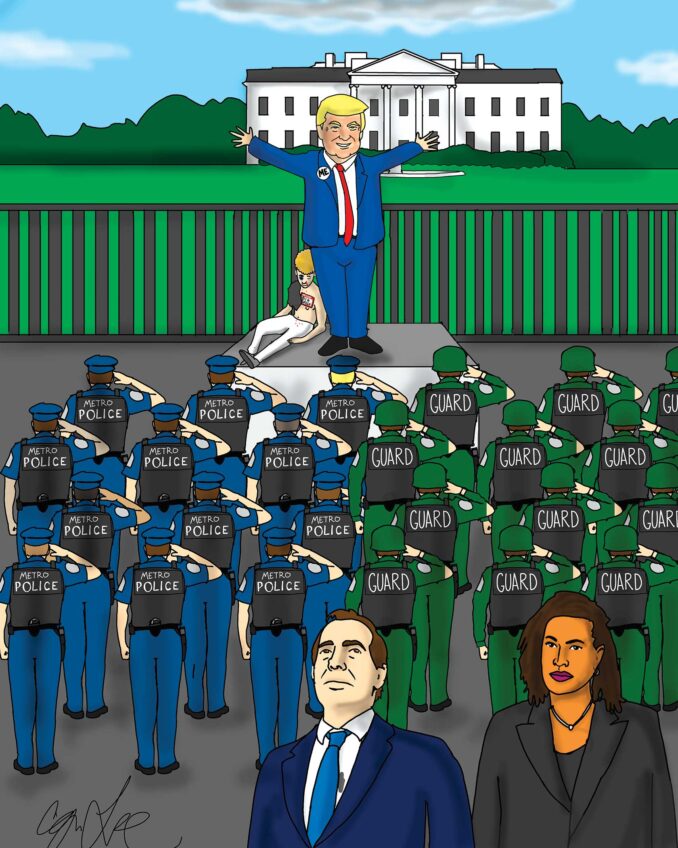A new report from the Consumer Financial Protection Bureau (CFPB) finds that the nation’s health care system is supported by an infrastructure of billing, payments, collections and credit reporting that is fraught with commonplace mistakes.
At the same time, patients encounter difficulty in getting these errors corrected or resolved. And yet again, the worst burden of medical debt is borne by the poor, the elderly and people of color.
As of June 2021, according to CFPB, the $88 billion medical debt documented on consumer credit reports is likely an undercount, and in actuality could be closer to $141 billion. Even so, it stands as the most common collection item appearing on credit reports, affecting 43 million people and comprising 58% of accounts in arrears.
Half of the financial burden of past-due medical debt is held by Blacks (28%) and Latinos (22%). By comparison, only 10% of Asians and 17% of whites have medical debt. Regionally, the highest number of consumers caught in this financial web live either in the Southeast or the Southwest — where statewide Medicaid expansion is seldom available.
Similar and independent findings from the National Institutes of Health found that racial minorities’ access to health care is compounded by several factors, from quality of care to lower levels of health insurance and heavy reliance on emergency care instead of regular preventive care. For many Black Americans already burdened with lower incomes and with less family wealth, medical debt deepens that financial load 2.6 times higher than that for whites.
Regardless of locale, lengthy and multiple credit reporting delinquencies bring measurable harms to consumers in other important ways.
“Medical debt collections on an individual’s credit report can impact their ability to buy or rent a home, raise the price they pay for a car or for insurance, and make it more difficult to find a job,” states CFPB’s report. “This impact is particularly pronounced when lenders, insurers, landlords, and others rely on outdated credit scoring models that fail to take into account that medical collections are less predictive than nonmedical collections of future credit performance.”
While many consumers expect quality health care to come at a premium price, CFPB’s report also addresses excessively high medical charges.
“[M]ultiple studies have found that markups are higher at hospitals with more Black and Hispanic patients,” states the report. “Higher markups do not correlate with better care; one 2016 study published in Surgery found that the risk of postoperative complications and death increased as price-to-cost markup ratio increased. The same study found that investor-owned for-profit hospitals charged the highest markups.”
Beyond higher-than-expected medical fees are the bills that arrive weeks, if not months, following medical care, from parties unknown. Federal agencies refer to these charges as “surprise billings” that haunt insured and uninsured patients alike. Nearly 1 in 5 patients who go to an emergency room, have an elective surgery, or give birth in a hospital receive surprise bills, with average costs ranging from $750 to $2,600 per charge.
Many patients are unaware of the participation of out-of-network ancillary services that they never selected. Emergency medicine personnel, anesthesiologists, pathologists, radiologists and surgeon assistants are among the providers with their own fees.
New protections that went into effect this January may provide enough consumer safeguards to end surprise medical bills. For uninsured patients, most medical providers must provide a “good faith estimate” of costs before providing non-emergency care. This estimate must include expected charges for the primary item or service, as well as any other items or services that would reasonably be expected. Should the patient receive a final bill that is $400 or more than the estimate, he/she gains the right to dispute the higher costs.
For people insured through a Health Insurance Marketplace® or either an individual plan or employer group plan, the new rules ban surprise bills for emergency care, and require that cost sharing for these services, like co-pays, always be based on in-network rates when care is received without prior authorization and ban surprise bills from certain out-of-network providers participating in scheduled procedures at in-network hospitals.
“The pandemic has exposed how quickly our country and our lives can change,” concluded CFPB Director Rohit Chopra. “As we look to recover, it will be critical that we ensure that patients seeking care do not find their financial lives ruined.”
Charlene Crowell is a senior fellow with the Center for Responsible Lending.






